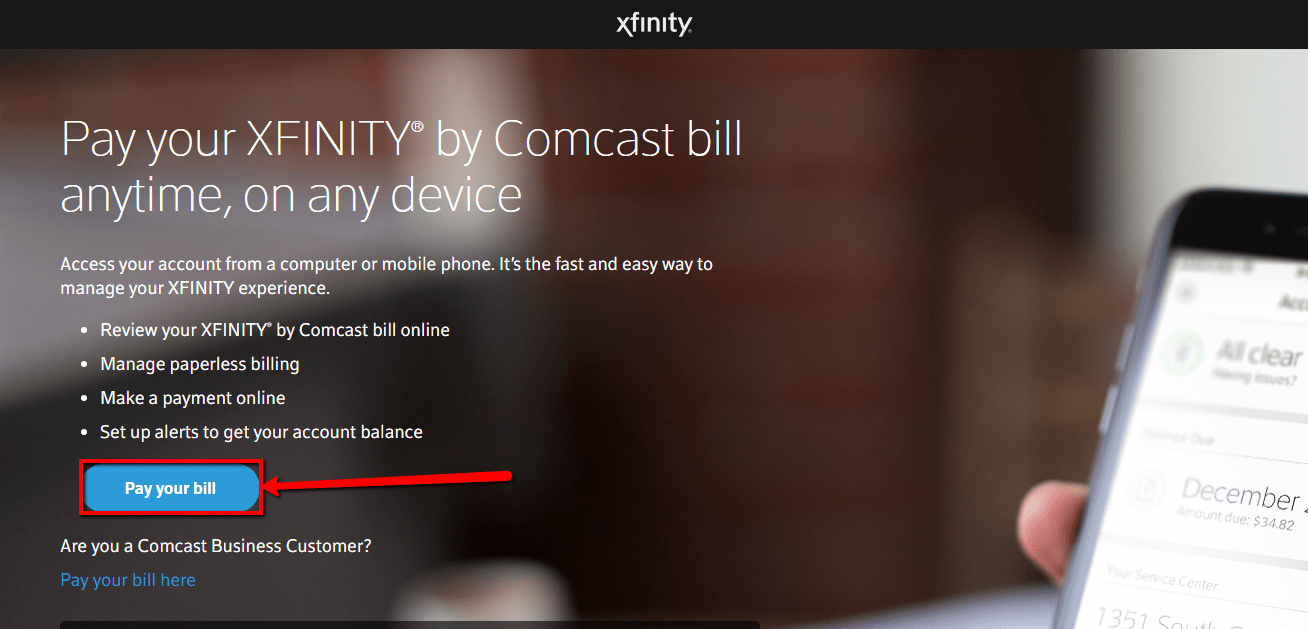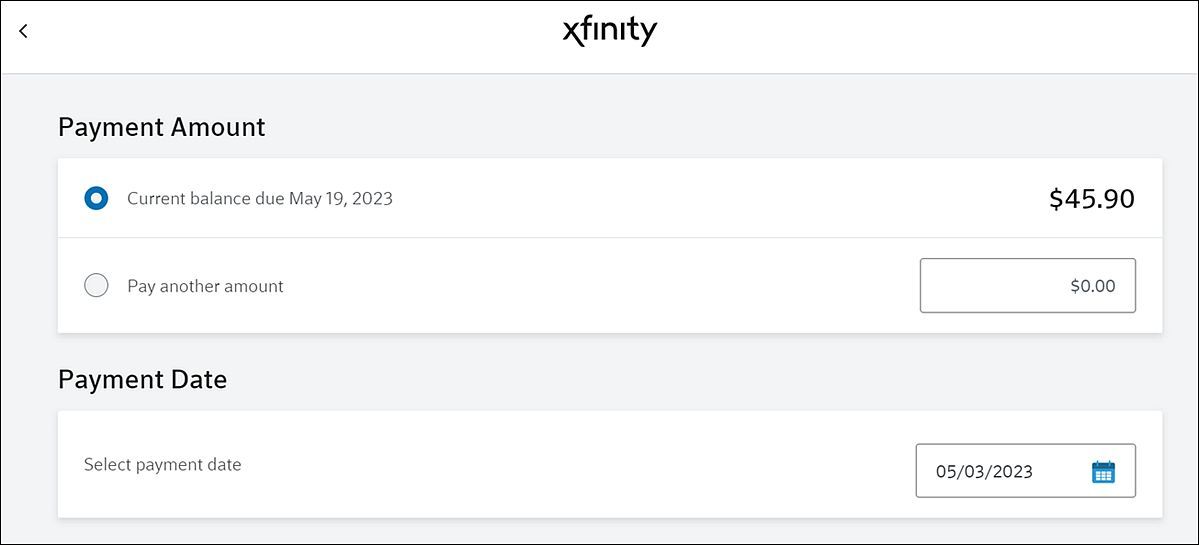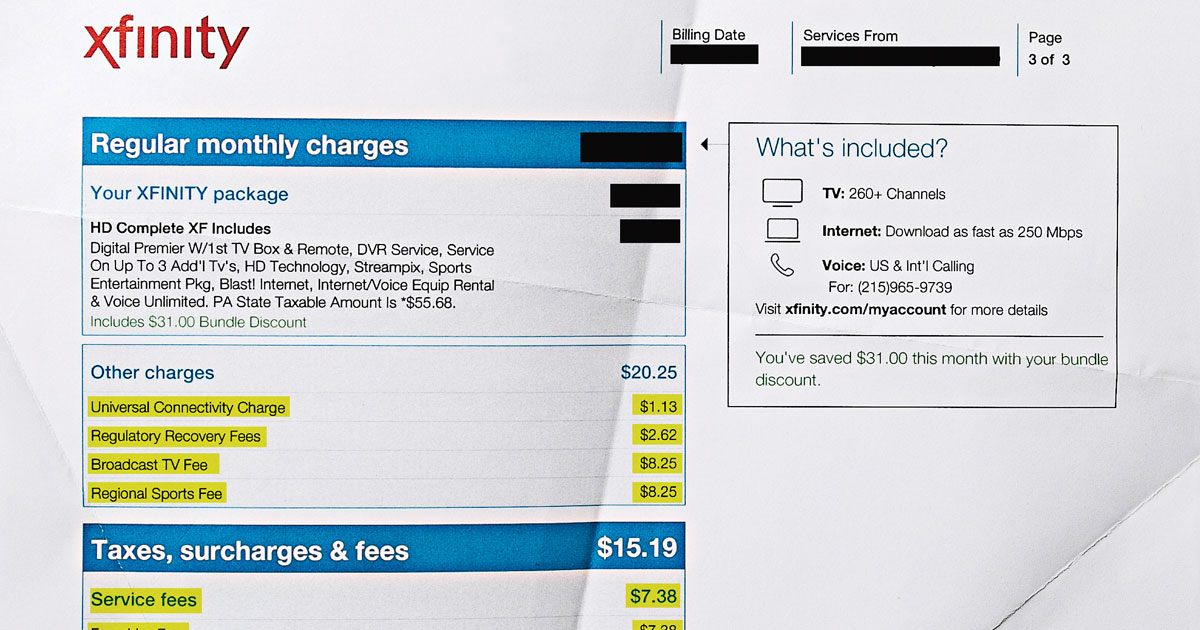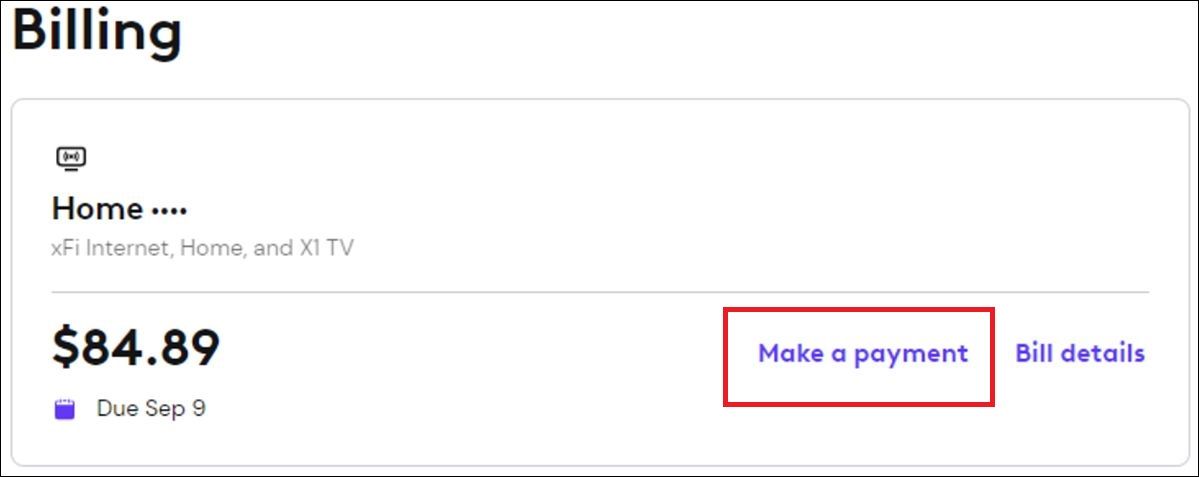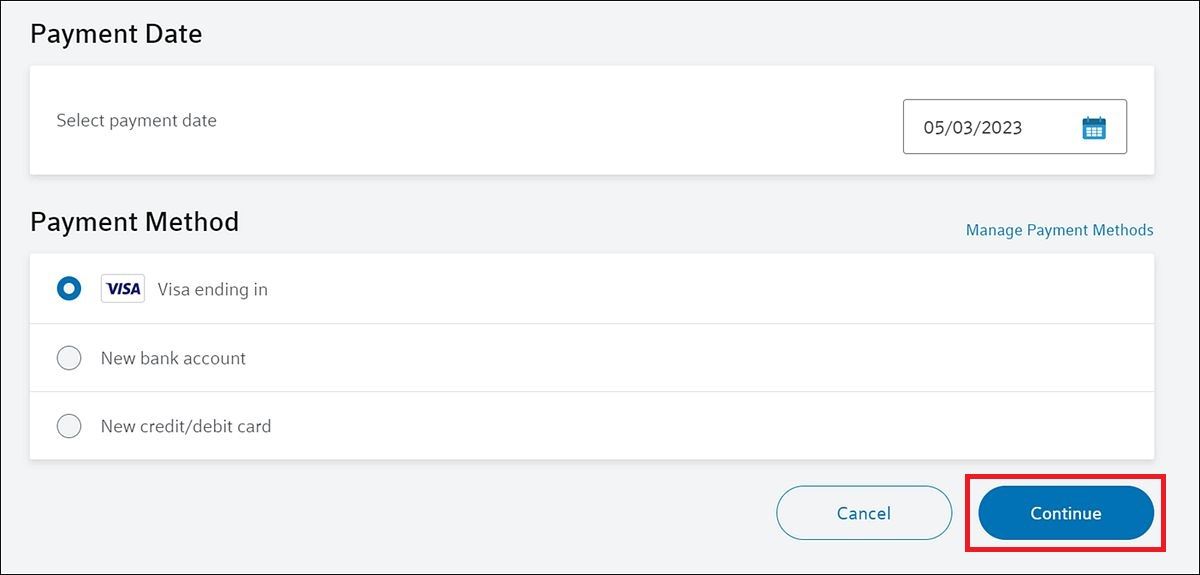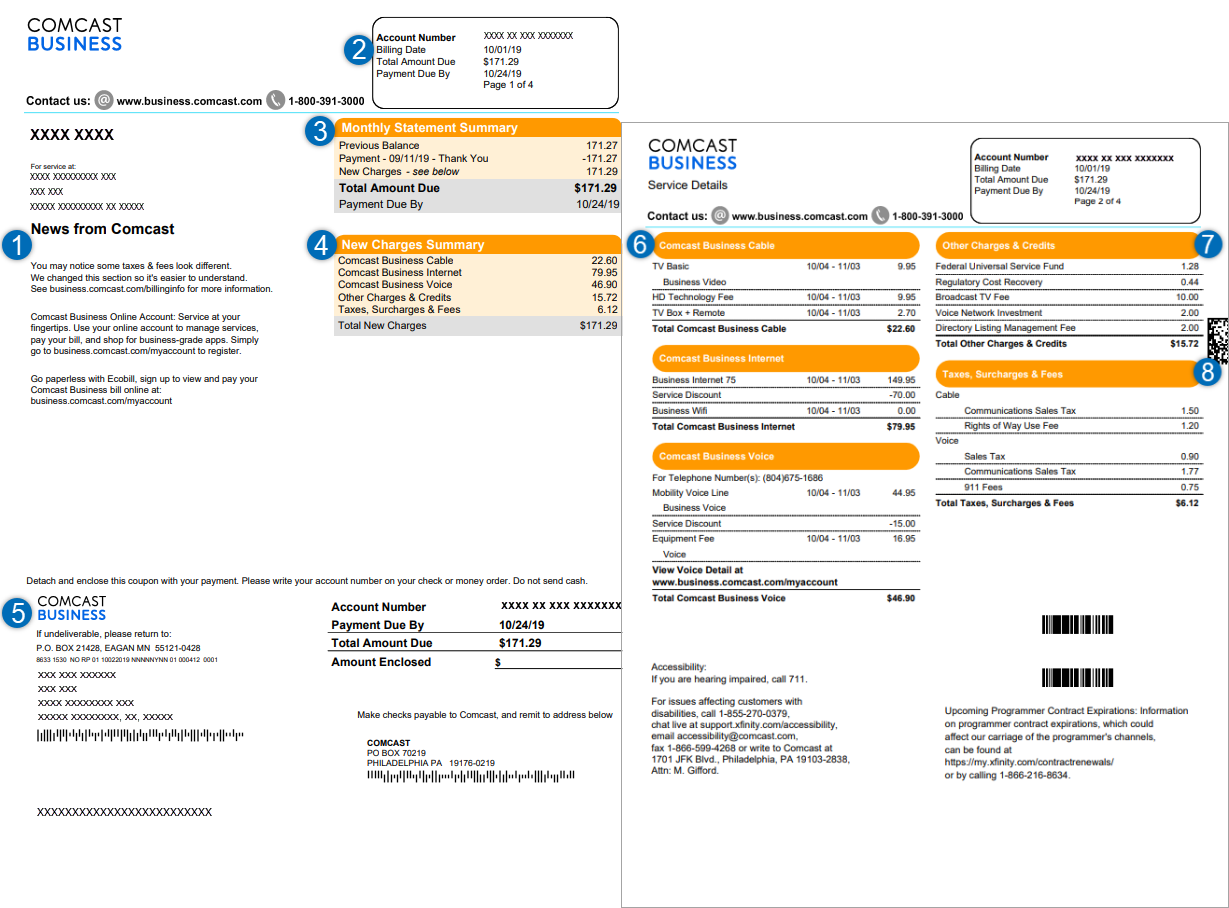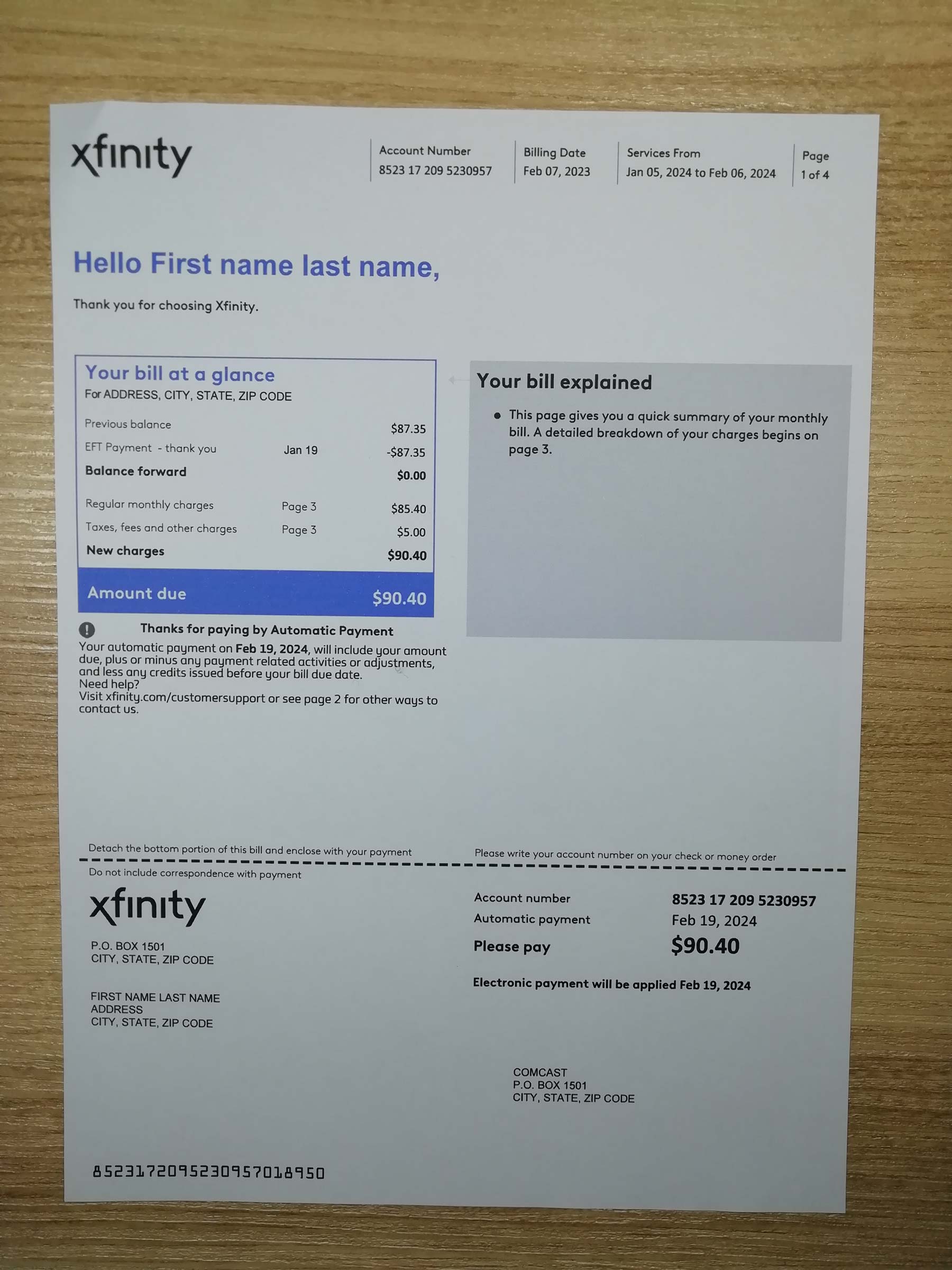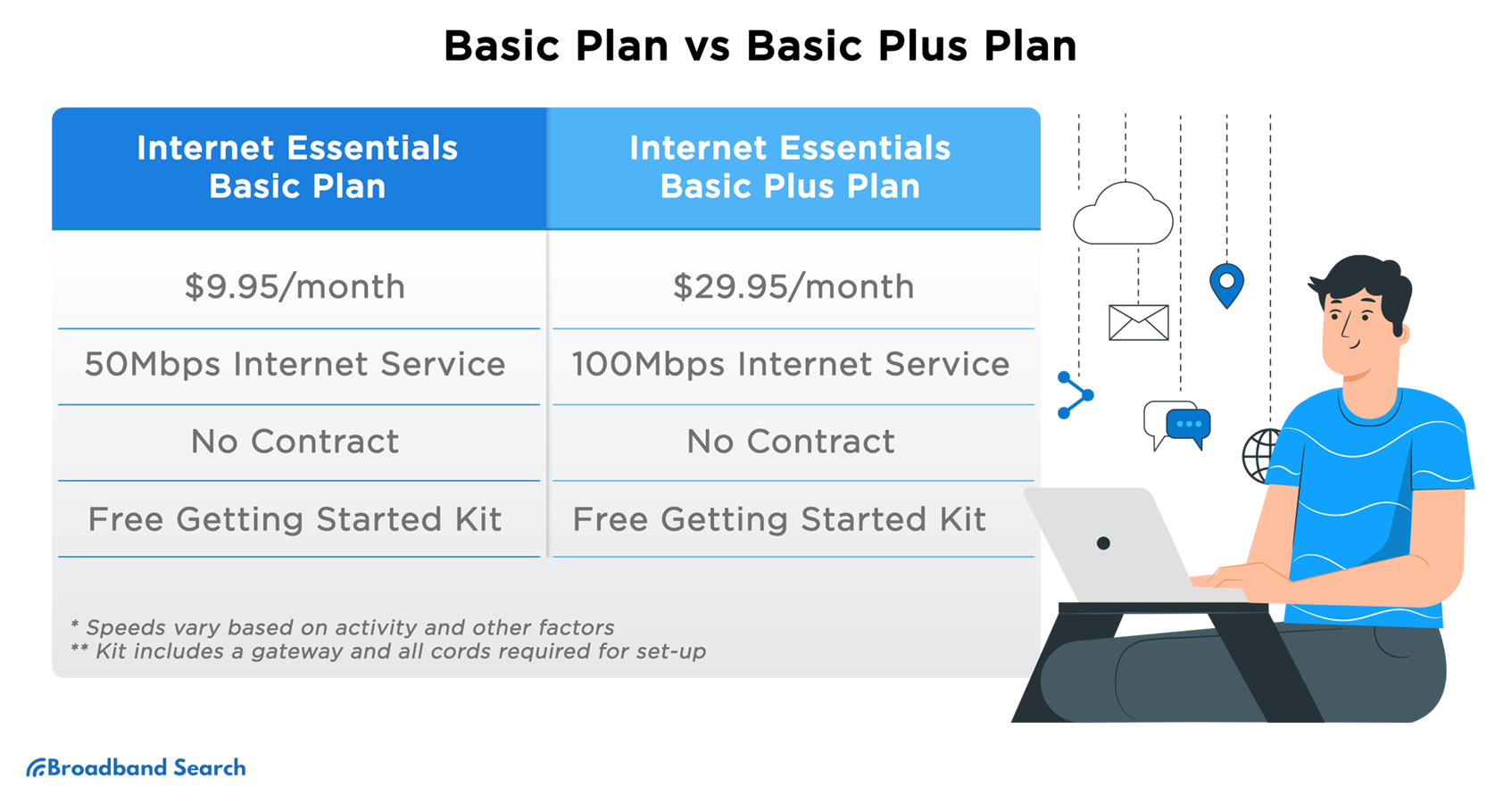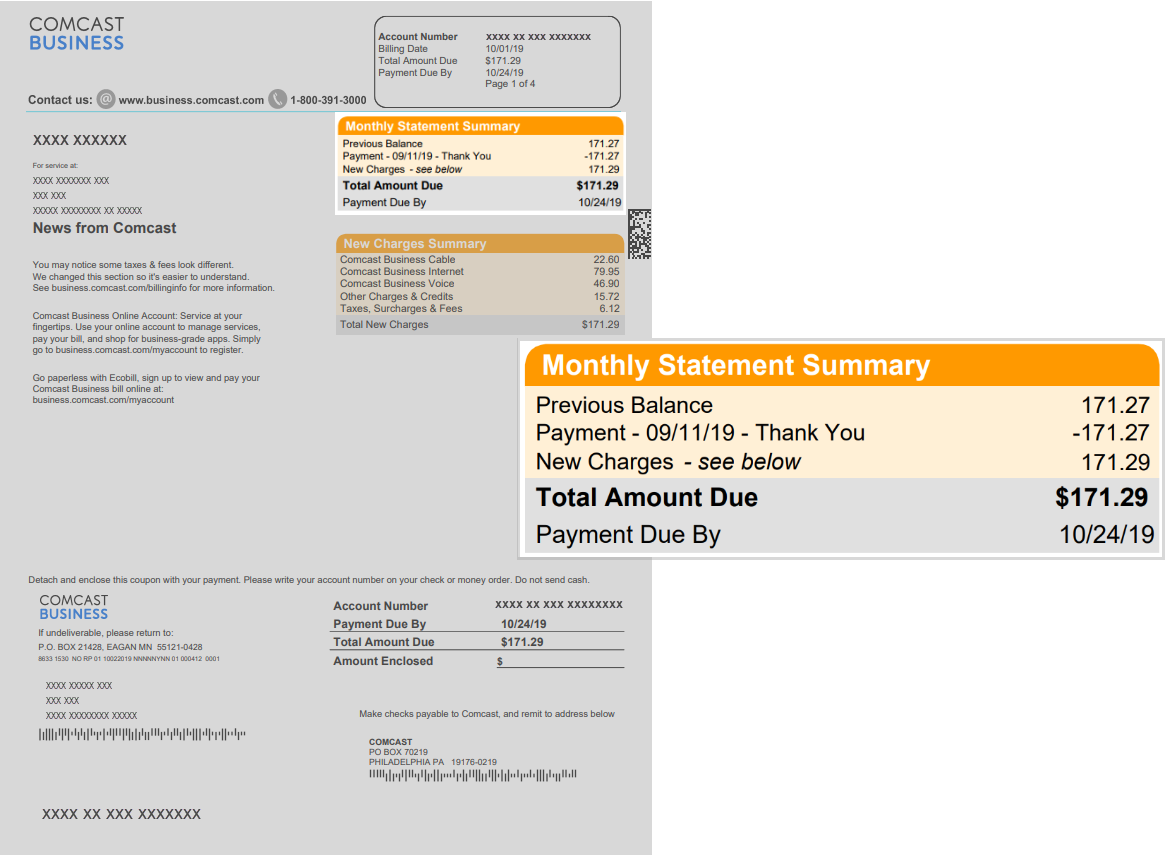Internet Essentials Xfinity Pay Bill
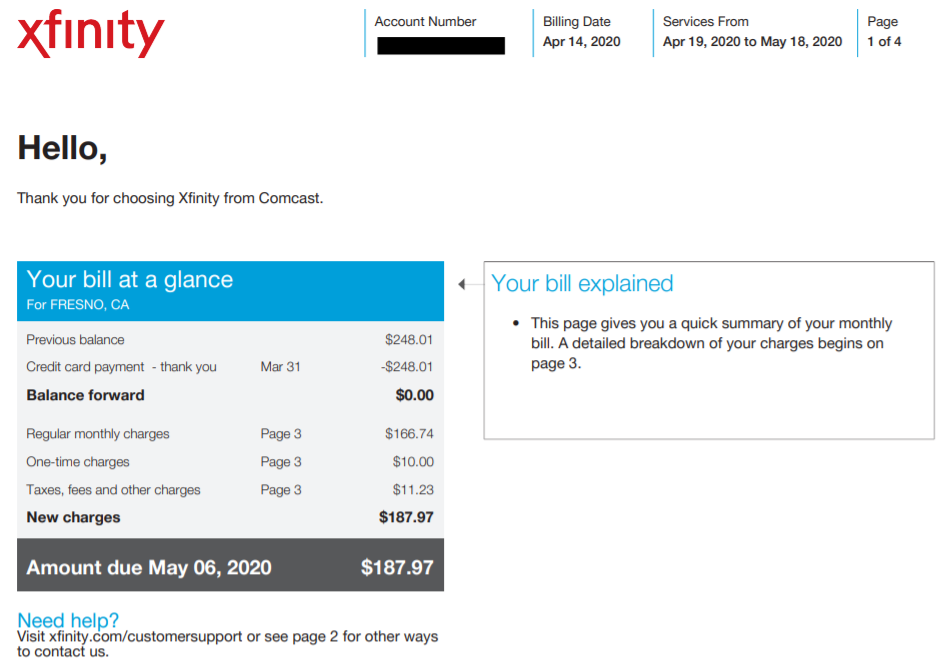
The affordability of internet access remains a critical barrier for many low-income households across the United States, impacting their ability to participate in education, employment, and essential online services. Comcast's Internet Essentials program, a long-standing initiative aimed at bridging the digital divide, is undergoing a transformation that includes how customers manage their bills, raising concerns about potential disruptions and accessibility challenges for vulnerable populations.
This article delves into the changes surrounding Xfinity bill payment options for Internet Essentials customers, exploring the potential benefits of streamlined processes alongside the possible drawbacks for those reliant on traditional payment methods. It will examine the program's impact, the reasons behind the shift, and the measures being taken to ensure a smooth transition for participants, offering a balanced perspective on the evolving landscape of affordable internet access.
The Evolution of Internet Essentials and Payment Options
Launched in 2011, Internet Essentials has connected millions of low-income individuals and families to the internet. Comcast reports that the program has helped to connect over 10 million people to the internet. Over the years, the program has evolved in terms of speed, eligibility criteria, and available resources.
Initially, Internet Essentials offered a limited set of payment options, often including mail-in checks and in-person payments at Xfinity stores. However, recent efforts to modernize the billing system have led to a greater emphasis on digital payment methods, such as online portals and automatic bank drafts.
Concerns Arise Over Digital-First Approach
While digital payment options offer convenience for many, concerns have surfaced regarding the potential impact on Internet Essentials customers who lack reliable access to technology or prefer traditional payment methods. Advocates for digital equity fear that a push towards digital-only payment could inadvertently exclude those who are most reliant on the program.
"For some of our clients, paying online is simply not an option," explains Sarah Miller, director of a local community center that assists low-income families. "They may not have a bank account, a credit card, or even reliable access to a computer or smartphone."
Accessibility and the Digital Divide
The digital divide persists, with significant disparities in internet access and digital literacy across different socioeconomic groups. Data from the Pew Research Center consistently highlights that low-income households are less likely to have broadband internet at home and are less proficient in using digital tools.
This reality underscores the need for a nuanced approach to billing and payment processes, ensuring that Internet Essentials remains accessible to all eligible participants, regardless of their digital capabilities.
Comcast's Response and Mitigation Strategies
Comcast acknowledges the concerns and emphasizes its commitment to supporting Internet Essentials customers through the transition. The company highlights that it is providing a variety of resources and support options to help customers adapt to the new payment system.
These include offering assistance with setting up online accounts, providing information on free digital literacy training programs, and maintaining some in-person payment options at select locations. According to a Comcast representative, "We are working hard to ensure that no one is left behind during this transition. We understand that some customers may need extra support, and we are committed to providing it."
Community Partnerships and Outreach
Comcast is also collaborating with community organizations to conduct outreach and provide localized support to Internet Essentials customers. These partnerships aim to address specific needs and challenges within different communities, ensuring that individuals have access to the resources and assistance they require.
These initiatives include workshops on digital literacy, assistance with accessing affordable devices, and personalized support with managing Xfinity accounts online.
The Future of Affordable Internet Access and Payment Options
The evolution of Internet Essentials and its payment system reflects a broader trend towards digitalization, while simultaneously highlighting the ongoing need to address the digital divide. Finding a balance between streamlined efficiency and accessibility for all remains a crucial challenge.
As technology continues to evolve, ongoing evaluation and adaptation will be essential to ensure that affordable internet programs like Internet Essentials remain effective in connecting vulnerable populations and promoting digital equity.
The long-term success of these programs hinges on a collaborative effort between internet providers, community organizations, and policymakers to create a truly inclusive digital landscape, regardless of income or technological proficiency.
